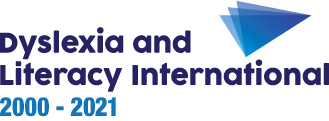Summary
The teacher has a key role to play in identifying children with dyslexia in the classroom.
There are numerous pointers or indicators which reveal risk factors for dyslexia.
The teacher should assess the child’s learning deficits sensitively and carefully so as to know how to adapt his or her teaching to learning needs whilst keeping an open mind and being sensitive to the irregularities in performance – good days and bad days.
There are comparatively simple and short tests which classroom teachers can use to make a preliminary assessment.
Teachers may assess phonological awareness, reading, spelling and written language comprehension, sequencing, as well as short term and working memory, and rapid naming.
The reading and writing of regular, irregular, and pseudo-words effectively test the systems for decoding and direct access.
Teachers should resist jumping to conclusions based on informal assessments or making pronouncements to parents. They should not attempt to provide a formal diagnosis of dyslexia but refer to the qualified professionals.
The teacher and all of the support team should be alert to any strength the dyslexic child may display and reinforce those abilities at every opportunity.
Identifying a child as having dyslexia has both positive and negative effects.


